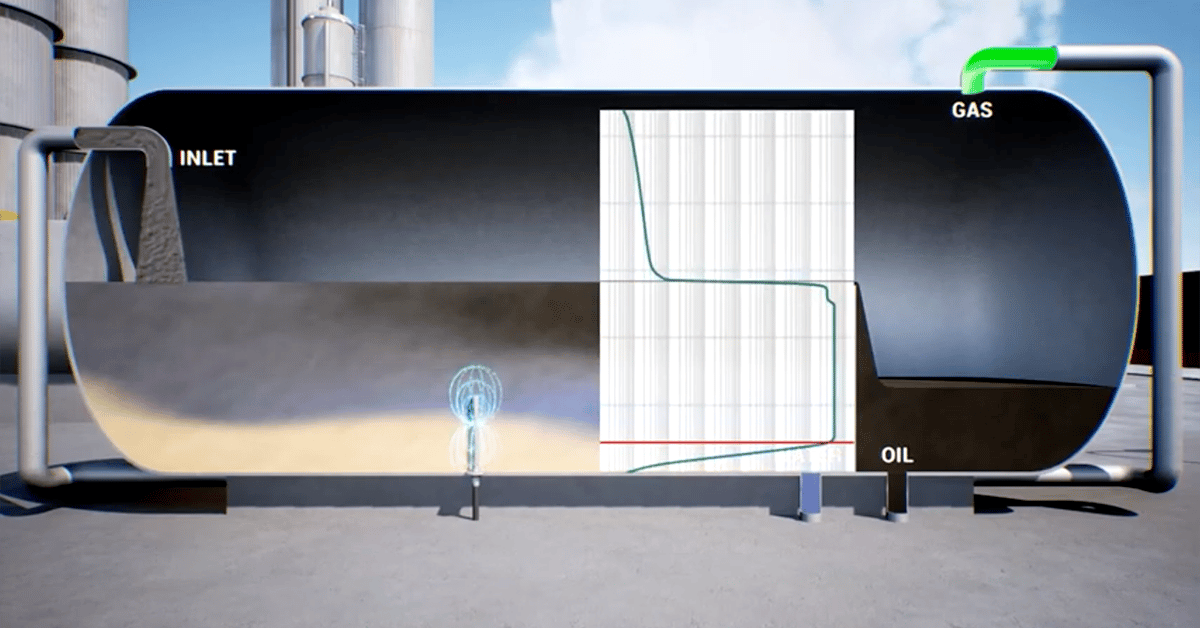
Sand Management in Oil and Gas
by Kevin Lee (PhD, PEPC, MIEM)
How sand is produced?
Sand production is an unwanted occurrence in oil and gas production. It occurs when the stress on the formation exceeds the formation strength and results in rock failure. This is usually happened when increase in production rate of reservoir fluid causes a large pressure drawdown between the reservoir pressure and wellbore flowing pressure. Sand can also be produced when the reservoir fluid viscosity is high and apply a greater frictional drag force to the formation of sand grains. Due to this reason, heavy oil reservoirs tend to produce more sand even at low flow velocities. Sand production may also increase as the water cut increases. Higher water cut reduces the surface tension forces and subsequently reduces the sand grain-to-grain cohesiveness.
Problems with sand
Sand production causes problems in both downhole and surface facilities. If the fluid velocity is not sufficient to carry the sand out from the tubing, the well will be sanded up can cause blockages. On the other hand, if the sand is produced from the well, it will trap in the piping networks and equipment, then affect the efficiency of the equipment and cause high pressure to drop. The produced sand will also cause erosion at both downhole and surface facilities which will lead to high maintenance costs and unwanted shutdowns.
Sand production causes problems in both downhole and surface facilities.
How to prevent sand production?
One of the very common techniques to prevent or minimize sand production is flow choking where the production flow rate is choked below the critical flow rate. This will reduce the drawdown pressure; however, this will also reduce the production rate.
How to remove sand production?
In order to maintain the production rate, sand filtration and separation method is usually applied in the production facilities. One of the oldest methods is installing Gravel Pack at the downhole to filter the production fluids before entering the production tubing. However, the most favourable sand removal approach by the operators is to install High Pressure Wellhead Desanders after the wellhead. This will remove most of the sand upstream and prevent and minimize the damage of sand downstream. The last approach in sand removal is installing sand jetting network in the vessel, usually in a separator. The approach will remove the remaining fine sand carryover from the wellhead desanders.
How to monitor and measure sand?
Although a series of approaches or methods are used to remove sand from production, till today sand measurement and monitoring is the most challenging task. Acoustic sand detection is the most preferred sensor because of its non-intrusive installation method. Acoustic sand detection devices use a sensor rod inserted in the flowline or are simply clamped on the pipe. A piezo-electric crystal is used to detect the impact of sand grains on the sensor rod or pipe wall. This transducer converts vibrations caused by impact into electrical energy. The signal is pre-amplified prior to transmission through a coaxial cable. It is then processed to give the sand production rate. However, the experience with acoustic sand detection systems is quite disappointing due to the lack of reliable calibration equipment, poor system reliability and cumbersome data presentation systems. Sand detection systems are also costly and expensive to maintain and operate as continuous intervention by skilled and trained personnel is required in order to maintain a reliable output. Therefore, this sensor is mainly used as a sand production indicator rather than a measurement.
A vibration fork is commonly installed in a vessel to measure the specific sand level. The working principle of the vibrating fork level sensor is based on vibrating a tuning fork sensor continuously at its natural frequency and detecting the change of frequency and amplitude in the presence of application media. The downside of this sensor is that it performs point measurements and is unable to provide sand build-up information for vessel cleaning activities.
In order to bridge the gap in sand monitoring and measurement, Rocsole SoliDetect is the ideal candidate with our See Beyond approach. Rocsole SoliDetect works based on electrical tomography where permittivity and conductivity data will be analyzed to provide accurate real-time measurement. A vertical sensor or probe will be installed in a vessel as a range measurement, this means the operator can “see” the sand build-up and plan for their next vessel cleaning activity.


